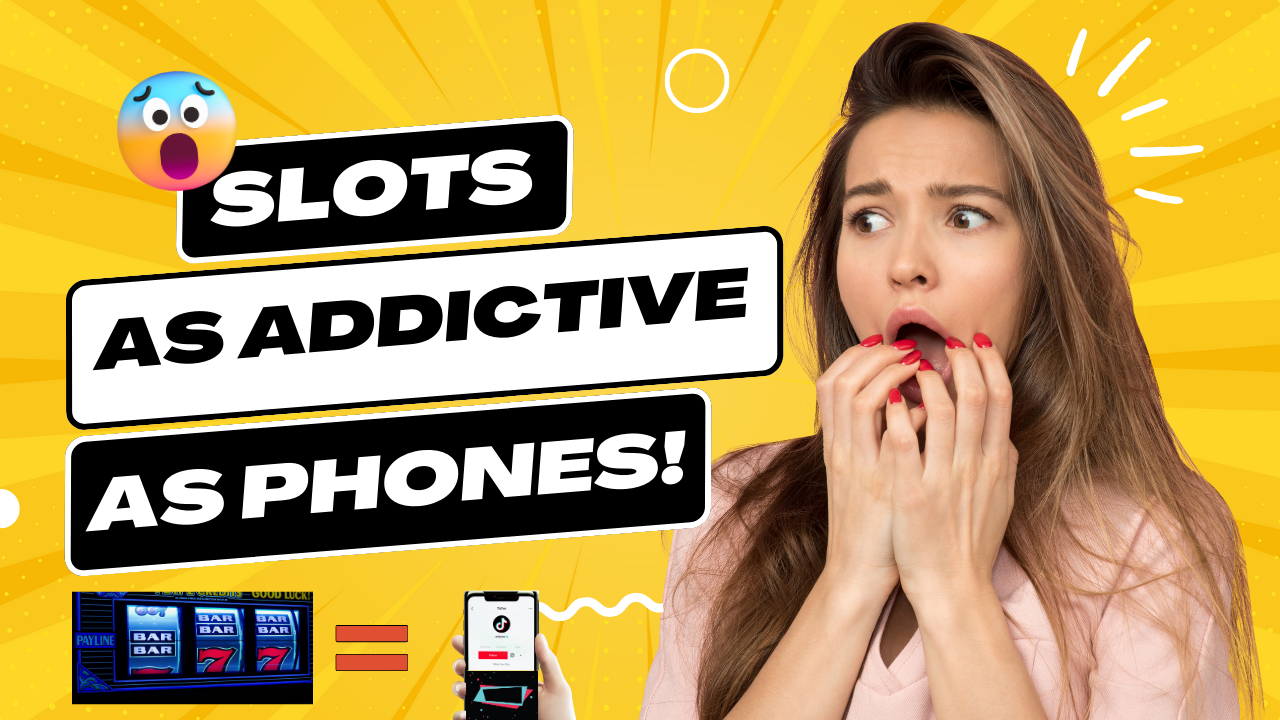From Screen Addiction to Slot Addiction: Why Parents Should Be Terrified of Their Kids' Next Casino Visit!
Health Warning: The Legal Age to Gamble in Ireland is 16
Slot machines are a staple in many casinos and have become increasingly popular in recent years due to the emergence of online gambling. These machines are designed to keep players engaged and coming back for more, and the technology used to achieve this is eerily similar to the tactics employed by Silicon Valley to hook people on their smartphones.
The mechanics of a slot machine are simple: the player pulls a lever or presses a button, and the reels spin. The player's objective is to match up a certain combination of symbols, which will result in a payout. However, the odds of winning are typically very low, which means that players will often spend more money than they earn.
One of the key features of a slot machine is the reinforcement schedule. Reinforcement schedules refer to the way in which rewards are distributed, and the frequency of those rewards. In the case of a slot machine, the rewards are monetary, and they are typically distributed on a variable ratio schedule. This means that the player does not know how many times they will have to pull the lever or press the button before they are rewarded. This creates a sense of anticipation, which can be very compelling.
In addition to reinforcement schedules, slot machines also use other psychological tactics to keep players engaged. For example, the sound effects and flashing lights that are often present in casinos can create a sense of excitement and urgency, which can be very motivating. Furthermore, the use of themes and storylines can help to create a sense of immersion, which can be very engaging.
These tactics are not unique to slot machines, however. They are also used by tech companies to hook people on their smartphones. For example, the use of notifications and alerts can create a sense of urgency, and the use of social media can create a sense of social pressure. Furthermore, the use of gamification, such as badges and rewards, can create a sense of achievement and progress.
The problem with both slot machines and smartphones is that they can be addictive. The anticipation of a reward, combined with the reinforcement schedule, can create a sense of compulsion that is difficult to resist. This can lead to excessive gambling or excessive smartphone use, which can have negative consequences for mental health and wellbeing.
In conclusion, slot machines and smartphones are both designed to keep users engaged and coming back for more. They use similar psychological tactics, such as reinforcement schedules, sound effects, and gamification, to create a sense of anticipation and engagement. While these tactics can be effective in achieving their intended goals, they can also be addictive and lead to negative consequences.
References:
Gainsbury, S. M., & Blaszczynski, A. (2011). A review of Internet gambling: Issues and concerns. Journal of Gambling Issues, 25, 67-88.
Griffiths, M. D. (2005). A “components” model of addiction within a biopsychosocial framework. Journal of Substance Use, 10(4), 191-197.
Schull, N. D. (2014). Addiction by Design: Machine Gambling in Las Vegas. Princeton University Press.
Shaffer, H. J., & Martin, R. (2011). Disordered gambling: etiology, trajectory, and clinical considerations. Annual Review of Clinical Psychology, 7, 483-510.
Skinner, B. F. (1953). Science and human behavior. Simon and Schuster.
Stavropoulos, V., Kuss, D., Griffiths, M. D., & Motti-Stefanidi, F. (2017). A longitudinal study of adolescent internet addiction: The role of conscientiousness and classroom hostility. Journal of Adolescent Research, 32(5), 633-650.
Dixon, M. R., & Johnson, T. E. (2007). The impact of reinforcement contingencies on addictive behaviors. Analysis of Gambling Behavior, 1(1), 25-31.
